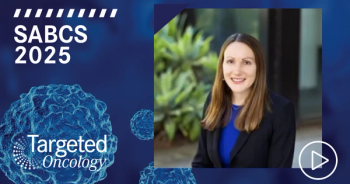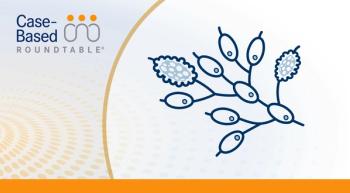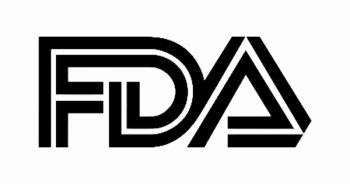
Interim Analysis Highlights Asciminib's Efficacy and Safety in Second-Line CML
David Andorsky, MD, discusses efficacy and safety findings from the ASC2ESCALATE study of asciminib in chronic myeloid leukemia.
An interim analysis of the ASC2ESCALATE (NCT05384587) trial provides updated insights into the use of asciminib (Scemblix) as a second-line treatment for chronic myeloid leukemia in chronic phase (CML-CP). Here, David Andorsky, MD, oncologist at SCRI at Rocky Mountain Cancer Centers, The US Oncology Network, discusses the efficacy and safety findings.
This phase 2, single-arm study prospectively evaluates asciminib in patients who have previously received 1 tyrosine kinase inhibitor (TKI) and subsequently experienced suboptimal response or intolerance. A separate cohort is also assessing asciminib in newly diagnosed (first-line) CML-CP, with those results to be reported later.
The study enrolled 101 patients with second-line CML-CP, all of whom had received at least 1 dose of asciminib 80 mg once daily. Prior treatments varied, predominantly including dasatinib (Sprycel; 44.6%) and imatinib (Gleevec; 42.6%). Patients discontinued their prior TKI primarily due to lack of efficacy (56.4%) or intolerance (43.6%). At the data cutoff (November 15, 2024), 91.1% of patients remained on asciminib, with discontinuations mostly attributed to adverse events (AEs) or patient decision. The median duration of asciminib exposure was 26.1 weeks.
Efficacy evaluations at week 24, based on 63 patients, showed strong molecular response rates. 82.5% of patients achieved a BCR::ABL1IS of ≤1%, indicating a significant reduction in leukemia burden. Deeper molecular responses were also observed at week 24, with 44.4% achieving a major molecular response (MMR), 25.4% reaching MR4, and 9.5% achieving MR4.5.
A key feature of the ASC2ESCALATE trial is its adaptive dose escalation strategy. If a patient's BCR::ABL1IS remained >1% at week 24, the dose was increased to 200 mg once daily. Further escalation to 200 mg twice daily was possible at week 48 if the BCR::ABL1IS was still >0.1%. Seven patients underwent dose escalation, though their data requires more follow-up for complete analysis of this strategy's impact.
The safety profile of asciminib remained consistent with previously reported data. The most common all-grade AEs (≥20%) were headache (22.8%) and nausea (20.8%). Grade ≥3 AEs occurring in ≥5% of patients included hypertension (8.9%), thrombocytopenia (6.9%), and neutropenia (5.9%). Importantly, AEs led to discontinuation in only four patients, and no arterial-occlusive events or on-treatment deaths were reported.
These interim results underscore asciminib's potential as a tolerable and highly effective treatment option for patients with second-line CML-CP. The high molecular response rates and consistent safety profile support its use in this patient population, while the impact of the dose escalation strategy continues to be investigated.









































